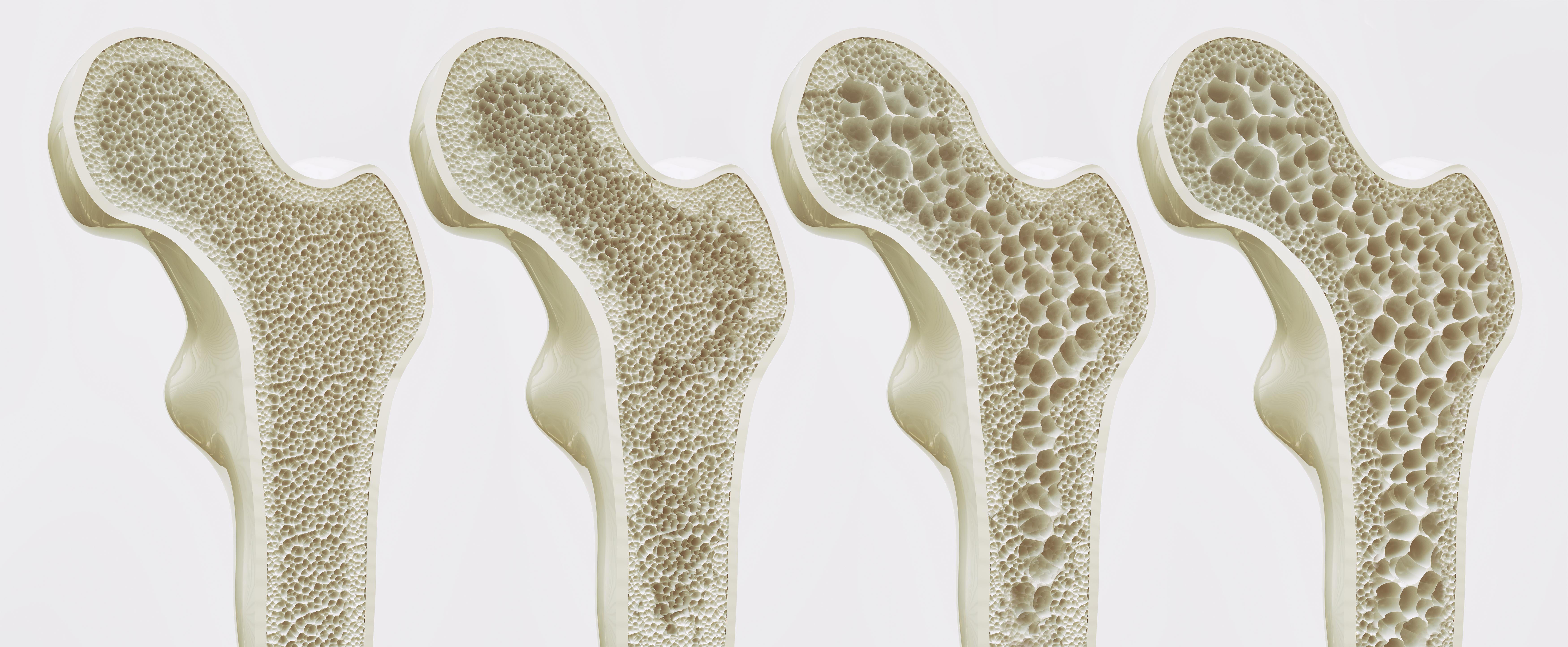Perfect Info About How To Manage Osteoporosis

It develops slowly over several years and is often only diagnosed when a fall or sudden impact causes a bone to break (fracture).
How to manage osteoporosis. Fortunately, treatment options like prescription medications and hormone therapy are available—and can be supplemented with lifestyle changes. Making healthy choices about smoking and alcohol. Working to prevent falls to help prevent fractures.
Treatment recommendations are often based on an estimate of your risk of breaking a bone in the next 10 years using information such as the bone density test. Ibandronate (boniva), a monthly pill or quarterly intravenous (iv) infusion. Talk to your provider about resources to help you live a better life with osteoporosis.
You’ll need regular appointments with a healthcare provider and bone density tests. Although a diagnosis of osteoporosis is based on the results of your bone density scan, the decision about what treatment you need, if any, is based on a number of other factors including your: However, a doctor will typically recommend lifestyle changes in addition to medication.
If you develop osteoporosis from another condition, work. Summarize the treatment of osteoporosis. Risedronate (actonel), a weekly or monthly pill.
Osteoporosis can be difficult to manage when you have complications. If your risk isn't high, treatment might not include medication and might focus instead on modifying risk factors for bone loss and falls. It outlines essential information on the diagnosis of osteoporosis;
Your provider will monitor any changes in your bone density and will adjust your treatments as needed. Here are some dietary strategies to help prevent and manage osteoporosis. Secondary causes of excessive bone loss need to be excluded.
Intervention thresholds for pharmacological intervention;. Osteoporosis is a chronic condition characterized by excessive bone loss [1] [2]. But white and asian women, especially older women who are past menopause, are at highest risk.
The most common injuries in people with osteoporosis are: Primary care providers and medical specialists are critical gatekeepers who can identify fractures and. The main goal of osteoporosis treatment is to lower the risk of bone fractures by slowing the loss of bone and increasing bone density.
Learn about osteoporosis — a disease that weakens bones — including risk factors, early signs and osteopenia, bone density testing, treatment, and prevention. Intervention thresholds for pharmacological intervention; In appropriate patients, treatment with effective antifracture medication prevents fractures and improves outcomes.
Diagnosis and management of osteoporosis in the young can be challenging. Treatment options for osteoporosis include hormone therapy, medications to decrease bone loss, and diet and exercise modifications. Treating osteoporosis involves treating and preventing fractures, and using medicines to strengthen bones.


















